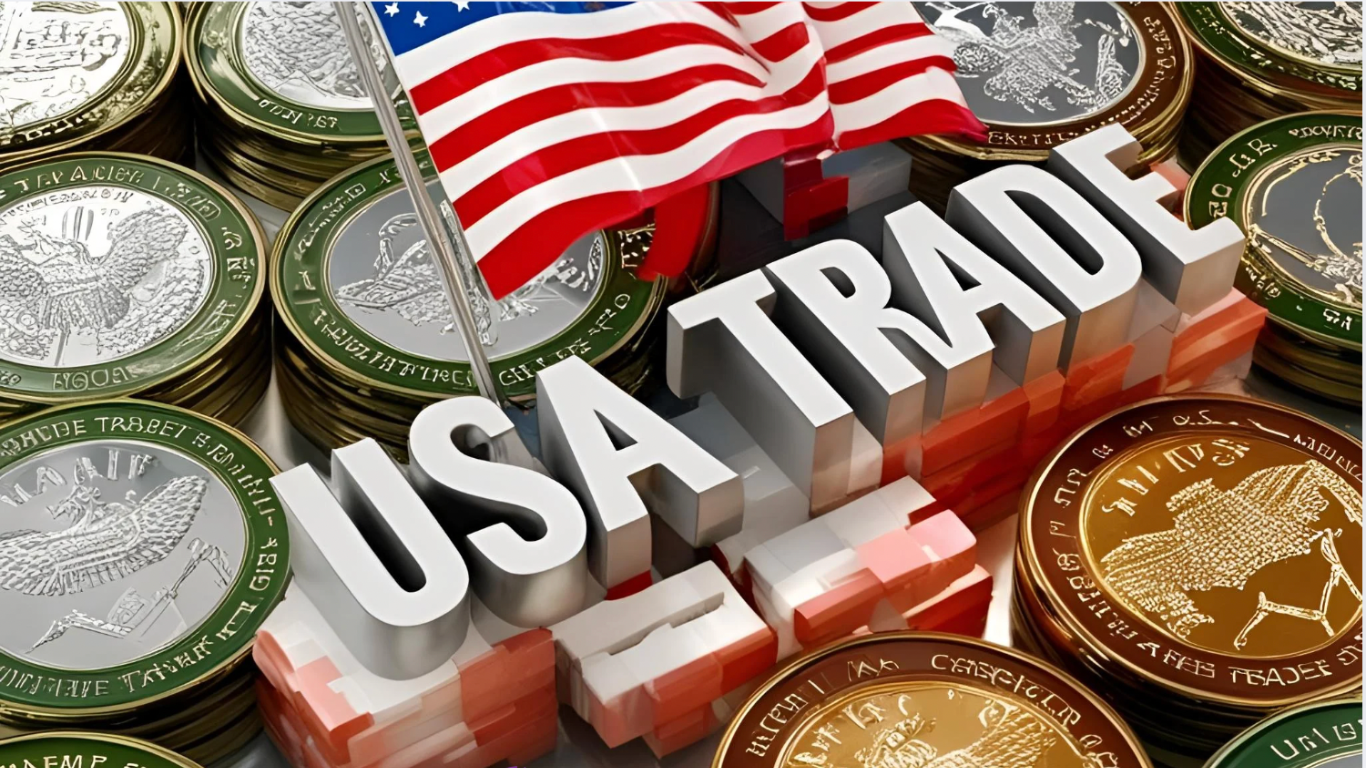(This summary has been automatically generated with AI, its content may differ from the original video in Spanish)
As Donald Trump returns to the White House, trade policy has once again taken center stage — but this time, the stakes are higher, the measures broader, and the legal justifications more controversial.
In a recent interview, Ana Amador, an international trade lawyer at Curtis in New York and a consultant for the World Bank, explained the sweeping changes the Trump administration has implemented in just over 100 days. These changes include a complex mix of tariff regimes, unprecedented legal tools, and an unmistakable shift toward unilateralism that is reshaping global trade dynamics.
A Radical Expansion of the Trade War
Trump’s trade strategy no longer targets just China, as it did in his first term. While China remains the administration’s primary concern — now facing up to 125% in tariffs — the new approach extends punitive measures to a wide range of countries, including traditional U.S. allies like Mexico, Canada, and members of the European Union.
According to Amador, the most legally unorthodox tool employed is the International Emergency Economic Powers Act (IEEPA), a statute traditionally reserved for national security emergencies and sanctions, not for trade policy. Trump has invoked this law to justify tariffs on the grounds of public health emergencies — citing, for instance, the cross-border trafficking of fentanyl as a justification for imposing 25% tariffs on imports from Mexico and Canada. While some of these measures have been temporarily suspended, they signal a shift in how trade tools are used to exert political pressure.
Beyond Traditional Frameworks
Trump’s unilateral tactics move decisively away from multilateral institutions like the World Trade Organization (WTO). Notably, the U.S. continues to block the WTO’s Appellate Body, rendering it ineffective. As Amador notes, without an active appeals mechanism, WTO decisions lose their enforceability — allowing the U.S. to act without fear of binding legal retaliation.
Other measures include new national security tariffs under Section 232 of the U.S. Trade Act, targeting sectors such as automobiles, pharmaceuticals, and semiconductors. These tariffs apply globally, with few exceptions, and in some cases are layered on top of existing tariffs — for example, the European automotive sector could face duties of up to 40%.
The Reciprocation Strategy
Perhaps the most sweeping initiative is Trump’s newly introduced reciprocal tariff policy, which sets tariffs on imports based on what other countries impose on U.S. exports. This “mirror measure” approach has already led to increased tariffs across a broad spectrum of goods. Vietnam, for instance, was hit particularly hard, reflecting both trade imbalance concerns and geopolitical tensions tied to China’s outsourcing through Belt and Road-linked economies.
These reciprocal tariffs were introduced through executive orders and came into force in early April 2025, setting a baseline 10% tariff for all imports, with significantly higher rates for countries deemed uncooperative or imbalanced.
What’s Next: Legal Challenges and Global Fallout
One of the most pressing developments is a legal challenge filed in Florida questioning the use of IEEPA for trade purposes. If courts rule against this application, it could dramatically alter the administration’s ability to pursue its current strategy.
At the same time, the 90-day suspension period for reciprocal tariffs — excluding China — is a critical window during which the U.S. is engaged in negotiations with nearly 70 countries. Analysts are watching to see if these talks might, paradoxically, resemble a revival of the Trans-Pacific Partnership (TPP), which Trump withdrew from in 2017.
For Mexico and Canada, their exemptions from certain tariffs rest on compliance with rules of origin under the USMCA. However, these privileges are temporary, and their continuation is tied to broader geopolitical calculations — especially as the USMCA is up for review in 2026.
Risks Beyond Tariffs
Amador warns that non-tariff barriers may soon play a greater role. Increased regulatory requirements for imports and exports — such as administrative processes, data privacy restrictions, and export licensing — could quietly reshape trade flows without public scrutiny. A recent USTR report hinted at retaliatory non-tariff measures targeting U.S. allies who maintain protectionist policies.
Moreover, new sanctions could target countries that purchase oil from Venezuela, with 25% tariffs on goods from those countries. Spain, for example, may be at risk, adding yet another layer of complexity to EU-U.S. trade relations.
A High-Stakes Trade Chessboard
In the weeks ahead, all eyes will be on the outcomes of the 232 investigations, U.S.-EU tensions, and possible retaliatory measures from Brussels. The European Commission is reportedly preparing a $28 billion response, which could trigger a new escalation.
The U.S. steel and aluminum sectors — often the starting point of trade wars — remain under protection, and new sectors like semiconductors and pharmaceuticals are now being pulled into the fray.
Ultimately, as Amador notes, the Trump administration has redefined trade policy not as an economic tool, but as an extension of foreign policy, national security, and domestic political strategy. Whether this approach is sustainable — or even legal — is something the courts, and the international community, are now tasked with deciding.
